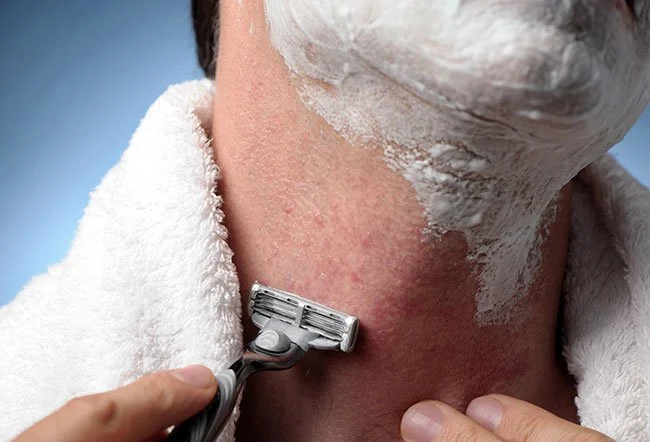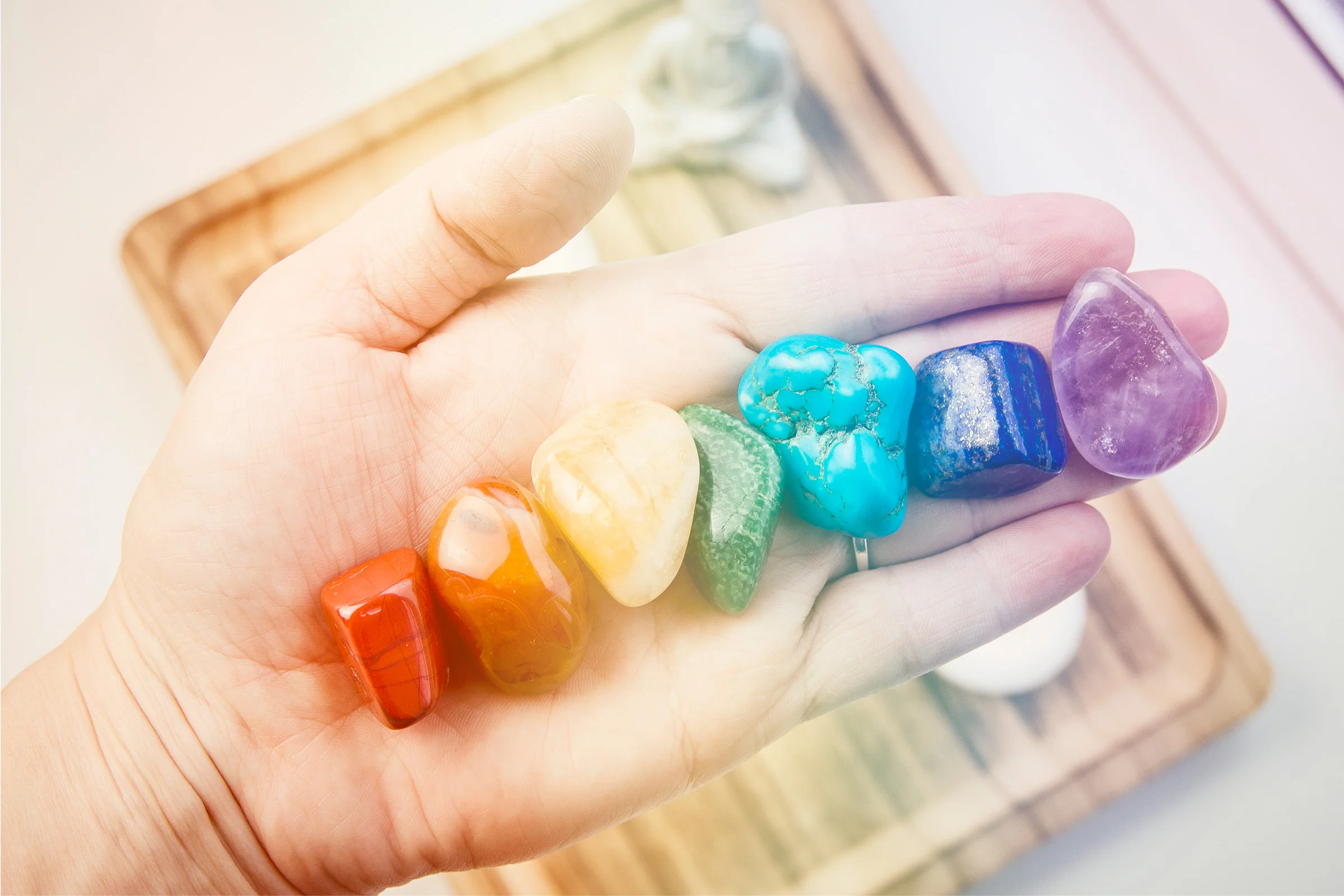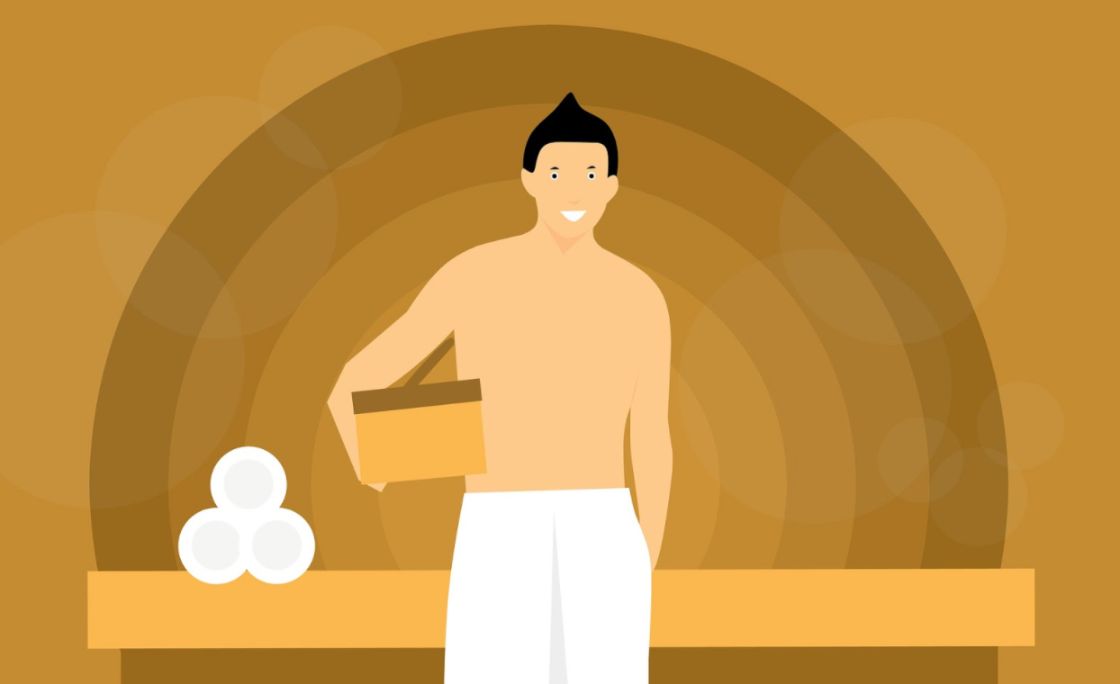Nobody likes them and almost everyone has experienced them – razor burn and ingrown hairs. Whether you’re shaving (or waxing) your face, legs, underarms, pubic area or other areas, you are at risk of getting them. We have compiled a list of remedies to help you with that irritating and unsightly razor burn and those obnoxious ingrown hairs.
All of these remedies are safe and most are natural, and they can be done with items you might already have on hand. The bumps that accompany razor burn are actually a type of ingrown hair.
With an ingrown hair, the hair gets trapped under the skin before it ever grows above the surface of the skin. Razor burn occurs when the hair grows above the skin, but then it bends and grows back down into the skin, creating a tiny loop of hair on the skin.
Ingrown hairs are not dangerous, but they sometimes become infected. If infected follicles are not handled properly, they can cause scarring; treat them carefully.
Prevention
Before we delve into how to get rid of ingrown hairs and razor burn, it’s important to learn what you might have done to get them and find out how to prevent it from happening again.
Use Sharp Razors
If you use a dull razor, it can make the edges of the hair sharp which may lead to the hair growing crooked and back down into your skin, resulting in a razor bump. It might also pull the hair completely out, which might lead to the replacement hair not growing out of the skin and creating an ingrown hair.
This is more likely when hair is thick and/or curly.
Use a Single-blade Razor
You might also want to make sure your razor is a single blade.
When you use a multi-blade razor, the first blade cuts the hair, while the subsequent blades just scrape your skin and cut the hair too short, which can cause irritation, razor burn, or an ingrown hair.
Don’t Shave Against the Direction of Hair Growth
When you shave against your hair, instead of with it, the razor will actually cut your hair lower than your skin. This can cause the hair to grow inward instead of outward. While you might not get as close of a shave by shaving in the direction of hair growth, less friction and irritation will occur, and you can hopefully avoid problems.
Exfoliate and Moisturize
Before trying any remedies, it’s important to exfoliate to remove dead skin cells and blockage in the follicle. This is also important after waxing, as it will help hair grow outward instead of inward. Moisturizing before shaving will soften the skin, and provide a protective barrier between your skin and the blade. Moisturizing after shaving can soothe the area, and prevent irritation from occurring.
Tweezing
Your first reaction for ingrown hair removal might be to grab the tweezers and try to dig it out. Don’t! Digging and picking can cause further irritation and nasty infections.
Instead, follow these steps if you can see the hair.
- Get a pair of tweezers and sterilize them so you don’t cause an infection. A rubbing-alcohol soak is a great way to sterilize the instrument.
- Exfoliate the area to get rid of any dead skin cells and open the follicle. You can either use a store-bought exfoliating product or, if you don’t have one on hand, mix some olive oil and sugar together until it makes a paste. Gently rub it into the skin in a circular motion to clear away the dead skin cells. Rinse the product or paste off.
- Grab a washcloth and soak it in the hottest water you can stand; be careful not to burn yourself. Place the washcloth on the area for about 10 minutes to soften your skin and hair.
- At this time, get the tweezers, grasp the hair and firmly pull it out.
- Finally, rinse with water and apply coconut oil if desired. This will help heal and soothe the area.
If you can’t see the hair, place a warm washcloth on the area for about 10 minutes twice a day until the hair appears, and then follow the directions above.
If you are dealing with an ingrown pubic hair, you’ll want to stop shaving for a while until you can get the problem cleared up.
Otherwise, shaving will continue to aggravate the area, and it could become infected.
Aloe Vera
Aloe vera is a great natural remedy for razor burn. It speeds up healing and soothes. You can either use a fresh Aloe vera leaf or find Aloe vera juice at an herbal drug store. If using a leaf, cut it open and rub the gel on the affected area. If using juice, simply rub it on the area.
With both methods, let it dry and then rinse it off with cold water. Do this right after shaving for best results. Continue to apply Aloe vera twice daily for one week.
Baking Soda Paste
Baking soda is a great remedy because many people already have it on hand. Baking soda is said to have anti-inflammatory properties, and it may even prevent the development of razor burn or an ingrown hair. Get one cup of water and mix it with 1 tablespoon of baking soda.
Soak a cotton ball in the baking soda solution. Rub it firmly on the area in a circular pattern. Afterwards, rinse the area with warm water and, if desired, apply a small amount of coconut oil or moisturizer to soften and soothe the area.
Tea Tree Oil
Tea tree oil has excellent antiseptic properties and can be used to treat both ingrown hair and razor burn. It can keep you from getting infections, and the oil can also soothe and reduce swelling.
How to get rid of ingrown hair with tea tree oil:
- Mix 2 tablespoons of olive oil with 15 drops of tea tree oil.
- After washing the affected area, dab a small amount on the spot where the ingrown hair is located.
- Do this twice a day until the ingrown hair comes through the skin.
How to get rid of razor burn with tea tree oil:
- Use a 2:5 ratio of oil to water (for example, 2 teaspoons of tea tree oil mixed with 5 teaspoons of water).
- Apply the mixture to the razor-burned area (mix it frequently during application).
- Let it sit for about 10 minutes, and then wash with lukewarm water.
- You can do this twice a day until the bumps clear up.
You can also mix 3 drops of tea tree oil with 1 tablespoon of lavender oil, and apply it to the affected area.
Leave it on for about 15 minutes before rinsing it off with cold water. Repeat the process 2 to 3 times a day as needed.
Hot or Cold Compress
If you want to know how to get rid of razor burn itching immediately after shaving, place a cold compress over the area. The cold will numb your nerve endings, and ease the annoyance of the itching and burning very quickly. Using a hot compress will not only soothe the area, but it will open up the skin and hair follicles to release the trapped hair.
You can either use a heating pad or a hot washcloth (not too hot!) on the area for 5 minutes. You can moisturize afterward to keep the area soft.
Apple Cider Vinegar
Apple cider vinegar is another great option for ingrown-hair removal. It has anti-inflammatory properties and may reduce irritation and itchiness.
It also contains acetic acid, which might help keep any infections from occurring. Put some apple cider vinegar on the area and let it dry. Continue to do this 2 to 3 times per day until the symptoms have disappeared.
Some people with sensitive skin might need to mix the apple cider vinegar with water; otherwise, it can cause further irritation. In rare cases, it causes sensitivity even when diluted, so use caution if you tend to have sensitive skin or if you try it once and notice an increase in irritation.
If this happens, you can try one of the other methods described in this list.
Coconut Oil
Coconut oil is great for many things, and it is an excellent moisturizer. It’s also a great thing to have on hand if you’re trying to figure out how to get rid of razor bumps. All you need is a thin layer, and you can use it prior to shaving to create a protective barrier between your skin and the razor.
You can also spot-treat an ingrown hair with a dab of coconut oil. Its properties also help reduce itching and irritation.
Black Tea
Black tea is helpful because it contains tannin. Tannin is a natural astringent and has anti-inflammatory and antiviral properties. It creates a layer of protection as well, which helps speed up healing.
First, clean the affected area well. Then, grab a soaked tea bag (new or even used) and chill it in the refrigerator for 10 minutes. (The cold will provide a more soothing effect than if it is warm or room temperature.)
The cold will provide a more soothing effect than if it is warm or room temperature. Rub the tea bag on the affected area and wait 5 minutes. You can do this several times a day until the area has healed.
Honey
Honey is great because it can help heal an ingrown hair that is already showing signs of infection. It has antibacterial properties and can even keep an infection from developing; it also reduces swelling and moisturizes. It also reduces swelling and moisturizes. You can spread a layer of honey on the affected area, let it dry and then rinse with cold water.
Alternatively, you can mix 3/4 of a tablespoon of honey with 1 tablespoon of yogurt, and place that on the area for about 15 minutes. After the time is up, rinse it off with warm water. You can also place a small amount on a bandage and keep it on the infected area to help speed up healing.
Aspirin Paste
And last, but not least, you can make an aspirin paste to help your ingrown hair or razor burn. Aspirin contains salicylic acid, which is great for exfoliating the problem area; this will allow the hair to be released from the skin.
To make the paste, crush 2 or 3 aspirin pills into a powder and dilute the powder with a few drops of water to create a paste. If you want, you can even add a small amount of honey to increase the antibacterial properties and moisturize your skin. Use the paste to coat the infected area(s). If you use it on your face, make sure to stay away from your eyes.
Let it dry for about 10 minutes, and then rinse it off with warm water. You can use the paste 1 to 2 times per week, depending on how severe the ingrown hair is.
Conclusion
It is important to keep an eye on ingrown hairs for signs of infection. If the bump continues to grow larger and darker, you notice any pus or it feels warm to the touch, you might have an infection. Use these home treatments first to see if you can get the infection to clear up. If nothing works, or the ingrown hair keeps recurring, you might want to see your doctor.
You may need an oral steroid or antibiotic to clear up the infection. The best way to keep from getting razor burn, bumps, ingrown hairs and infections is to follow the preventative tips above. Keep your skin clear of dead skin cells, keep it protected and moisturized, use the right kind of razor and follow these tips if you still run into problems.









